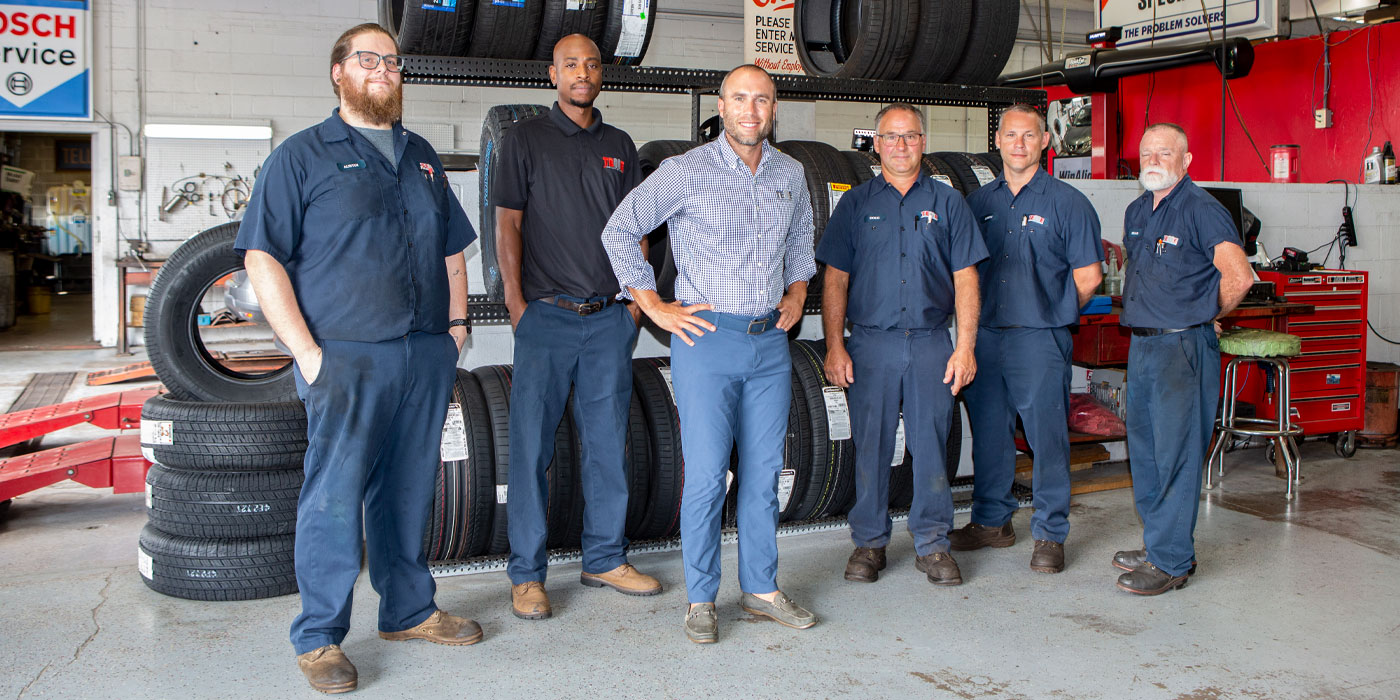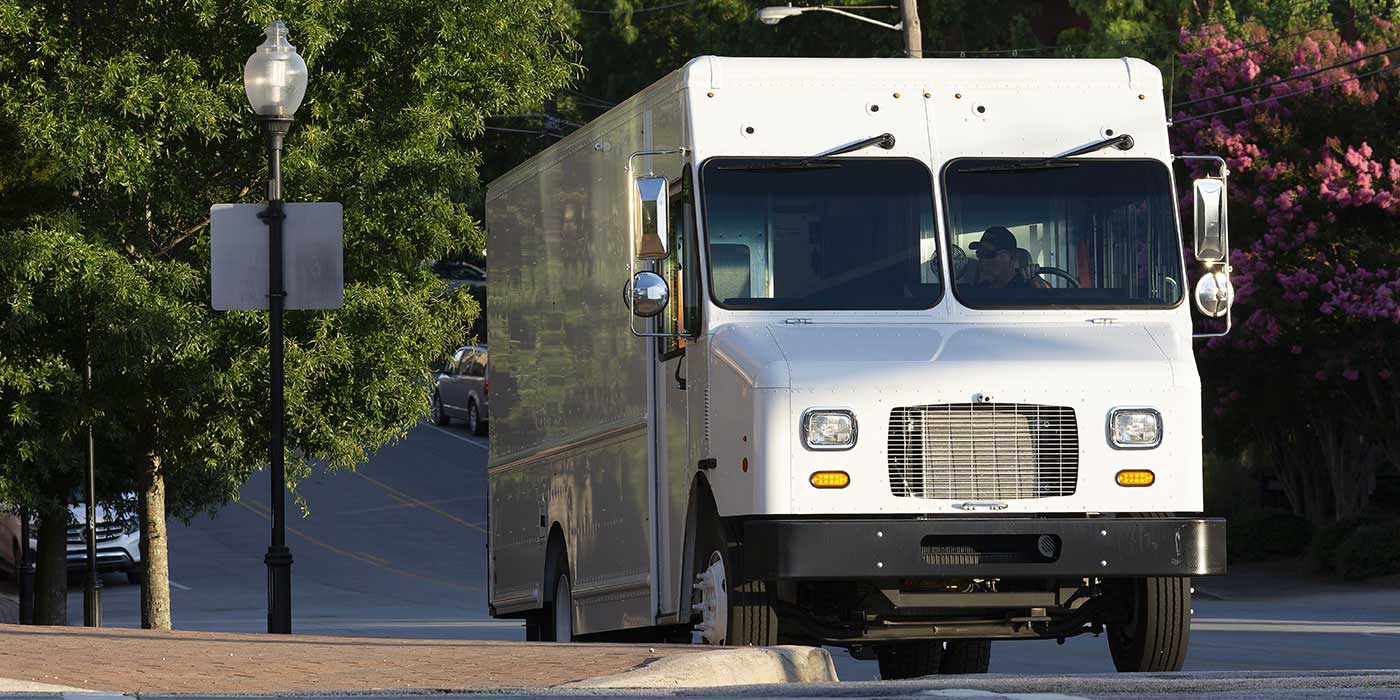Recently, some tire dealers participated in an informal and unscientific straw poll regarding tire repairs.
Specifically, this group of tiremen – better than average dealers, and pretty successful businesspeople, by and large – were asked what they would do if a customer had a puncture in his HP or UHP tire.
Assuming the injury was within repairable limits, would they: A) repair the tire (using all proper, professional methods and materials), knowing they’d be on the liability hook if anything happened to the tire in the future, or B) turn the customer away, not wanting to take the risk and knowing that’d be the last time they saw that customer?
How would you answer this pickle of a question?
Would you roll the dice that your tire tech paid attention during their tire repair training classes – if they had any training to begin with? Would you put “your best man” on the job? Would you even give it a thought?
If it weren’t you at the desk, how would your staff handle this situation? Do they know what your policy is for these instances? Even have a policy?
Are you about to check your business or garage-owners insurance policy to see if you have coverage for this?
Got your attorney’s number on speed dial?
Let’s add another ingredient to this brew: Would you repair that HP/UHP tire knowing that most tiremakers “void” the repaired tire’s speed rating, reducing the radial to a mere S speed rating?
Does that change your answer? What do you think a Porsche owner’s reaction to that bit of 411 might be? How about a Lexus driver? What about the guy with a Ford Focus? Do you (perhaps mistakenly) assume drivers of high-ticket cars will always opt for new rubber, while those more to the middle – or lower – won’t really care if their tires drop in “capability”? Not like you can actually drive 168 mph anywhere in the U.S of A., am I right?
Did you even know that speed ratings are usually voided once a tire is repaired? Even with a full and proper repair?
If you’d like to see what the major tiremakers’ position on speed rating retention, check out the online version of this column at tirereview.com.
What I’d like to do here is get your take on a couple of points. I’d appreciate it if you’d drop me an e-mail ([email protected]) or an old-fashioned snail-mail letter and tell me:
1) How would you answer the question above? Would you do the repair or turn the customer away? And please give your reasons why or why not.
2) Do we need legislation/regulation – national or state-by-state – to educate and enforce proper and complete tire repairs by tire service outlets – including tire dealers, company-owned stores, mass merchants and chain stores, car dealers, or independent repair shops?
I will preface that second question by asking that you not fall back on “The government can’t get anything right” or “We don’t government in everything we do.” Those answers are too easy and not very meaningful. I am looking for deeper, more thoughtful views on the question as it pertains to the entire breadth of the tire service market.
The point here is to create some legitimate dialogue on the subject that, perhaps, can help shape our future.
Returning to the original question that kicked off this column: there is, in my humble estimation, no right or wrong answer.
One could certainly understand why a dealer would choose to make the repair, provided it was done correctly and the customer understood the ramifications, and accept the liability concern.
We can also see why a dealer would avoid the situation all together, and walk away from someone who was either a loyal customer or a driver that could be converted into a returning buyer. We live in a sue-happy society, and small businesses don’t want to be in the line of fire let alone on the wrong side of a judgment.
What I want to know is your viewpoint: How would you handle the situation, and why would you take that path?
In the not-too-distant-past, virtually no tiremakers even allowed their speed rated tires to be repaired. An ironclad policy, carefully developed by lawyers – and for some pretty legit reasons.
Thankfully, those positions have changed over the past 25 years. And that would not have happened without significant improvements in tire technology, tire repair training programs, and in the repair products themselves.
But is that enough? Are those improvements enough for you to tackle repairs to HP/UHP tires?
And are they enough to stave off a legislative mandate on how repairs will be performed?
Let us know what you think, and we’ll share your input in a future issue.
How Major Tire Companies Handle Repairs to Speed Rated Tires
The following information was sent to me as a sort of refresher. Thought it might be helpful to you, as well:
• Bridgestone Americas, Continental Tire the Americas, Cooper Tire & Rubber Co., Yokohama Tire Corp., Hankook Tire America, and Kumho Tire USA Inc. void speed ratings and drop a repaired tire’s rating to S. This applies to all of their individual house brands.
• Goodyear Tire & Rubber Co. says a repaired speed rated tire retains its speed rating, but for only one repair. After that, no repairs are allowed. This applies to Goodyear, Dunlop and Kelly branded tires.
• Both Falken Tire Corp. and Michelin North America say their speed rated tires may be repaired up to three times without penalty, but run-flat tires can receive only one repair before the speed rating is voided. In the case of multiple repairs, the repairs must not overlap each other, and there cannot be multiple injuries to the same “body cord.” For Falken, this includes its Falken and Ohtsu brands. For MNA, this applies to Michelin, BFGoodrich and Uniroyal brands.
• Toyo Tire USA Corp. says that Toyo or Nitto speed rated tires may take up to one repair, but the subject tire’s rating drops to either H or S, depending on the original rating.
• Pirelli Tire North America does not “endorse” repairs to its speed rated tires, but is apparently reviewing its policy.
The repair limits and policies for other brands can be obtained directly from those companies and/or their websites.













